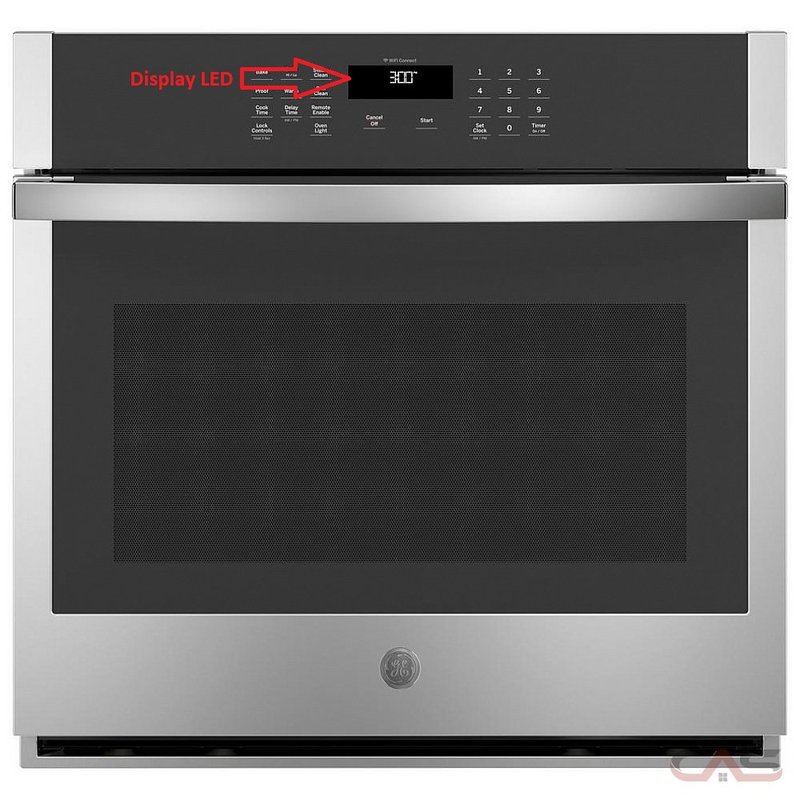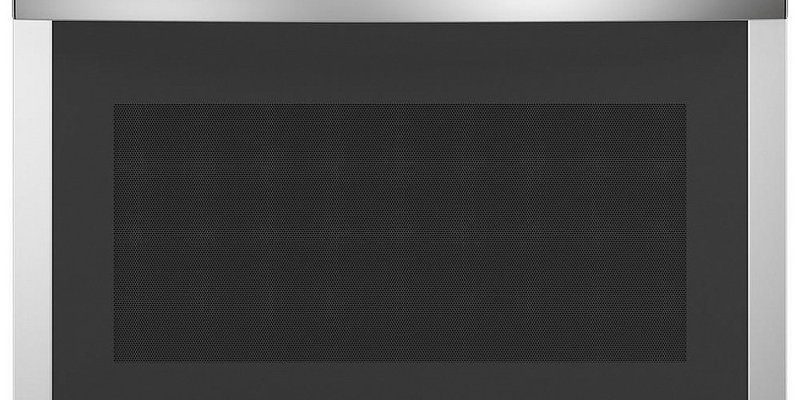
To put it simply, an SE error code indicates an issue with the oven’s touchpad or control panel. Think of it as your oven’s way of saying, “Hey, I’m having trouble communicating with you right now!” Just like how a smartphone refuses to respond when the screen is glitchy, your oven is telling you that its touchpad might not be functioning as it should. Let’s dive into what could be causing this issue and how you can fix it in no time.
Understanding the SE Error Code
When your GE oven displays the SE error code, it can feel a bit like your car’s check engine light flashing at you—vague, yet demanding attention. The “SE” error is essentially your oven’s SOS call, indicating that something within the electronic controls is acting up. Most commonly, this involves the touchpad or control board. Imagine trying to type a text on your phone with water on the screen—it’s a bit like that. The touchpad is not responding correctly to your inputs.
You might be wondering, why does this happen in the first place? Well, over time, the control panel can face wear and tear due to regular use, humidity, or even electrical surges. Just like how a well-worn favorite book might start showing signs of age, your oven’s touchpad can experience similar symptoms. This isn’t a reason to panic, but rather an indication that some maintenance might be due.
In some cases, the issue might not be with the touchpad itself but rather with the ribbon cable connecting the touchpad to the control board. If the connection is loose or corroded, it’s like trying to watch TV with a frayed cable—that signal just isn’t getting through clearly. So, identifying the root cause is vital for resolving the issue effectively.
Common Causes of the SE Error
Now, let’s get into the nitty-gritty of what might be causing the SE error on your GE oven or range. One of the most common causes is moisture. Yes, something as simple as a humid kitchen can lead to this error. Moisture can sneak into the control panel, causing unexpected electronic behavior, a bit like how a rainstorm might dampen your outdoor plans.
Another culprit could be electrical surges. Think of it as a sudden jolt of caffeine for your oven’s electronics—exciting at first, but too much can cause jitters or stress. If your home experiences frequent power surges, it may cause the touchpad to malfunction, leading to that pesky error code.
Wear and tear from regular use is another cause. Just like how the soles of your favorite shoes might wear down after miles of walking, your oven’s electronic components can degrade over time. If you frequently use your oven, the touchpad may develop responsiveness issues, triggering the SE error.
Resolving the SE Error
So, you’ve identified the potential causes, but what’s next? The good news is that resolving the SE error doesn’t always require a professional hand. You can start by performing a simple reset. Just like rebooting a computer after it’s acted up, resetting your oven might clear minor glitches. Unplug your oven or switch off the circuit breaker for a few minutes, and then restore power. This action refreshes the system, allowing it to recalibrate itself.
If the reset doesn’t do the trick, it may be time to inspect the touchpad and ribbon cable. Carefully detach the control panel to check the cable connections. Look for any signs of corrosion or looseness. It’s a bit like checking the batteries in your remote control when it stops working. If everything seems intact, a faulty touchpad might be to blame, and a replacement could be in order.
In cases where you feel out of your depth, don’t hesitate to call a professional. Much like how you’d consult a mechanic for car troubles beyond your knowledge, a certified technician can provide expert assessment and repair.
Preventing Future SE Errors
You might be asking, “How can I prevent this from happening again?” Well, there are a few strategies you can employ to minimize the chances of encountering the SE error. First, keep the control panel dry and clean. Wipe it down regularly to prevent moisture and grease build-up—imagine it as keeping your glasses clean for a clearer view.
Investing in a surge protector is also a wise move. It acts as a buffer for your oven’s electronics against power spikes, much like a seatbelt protects you from sudden stops. By safeguarding your oven’s delicate components, you reduce the risk of electrical surges causing harm.
Lastly, regular maintenance checks can be your best friend. Just as you might schedule regular check-ups for your car, keeping an eye on your oven’s components ensures everything runs smoothly. By taking these preventative steps, you can extend the lifespan of your appliance and enjoy hassle-free cooking experiences.
There you have it—a beginner-friendly guide to understanding and resolving the SE error code on your GE oven or range. Remember, while it might seem daunting at first, breaking down the problem step-by-step makes it much more manageable. Good luck, and happy cooking!
